GIVE NOW before 2025 ends—your gift will be doubled to help children in need. Click here to 2x your impact!
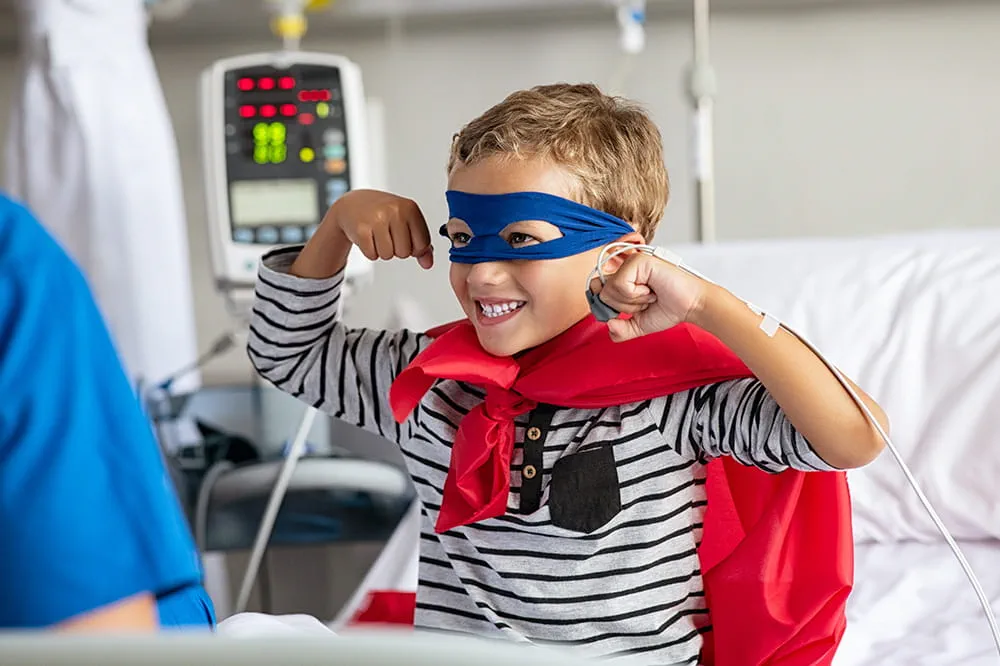
Ranked nationally in pediatric care.
Arkansas Children's provides right-sized care for your child. U.S. News & World Report has ranked Arkansas Children's in seven specialties for 2025-2026.

It's easier than ever to sign up for MyChart.
Sign up online to quickly and easily manage your child's medical information and connect with us whenever you need.
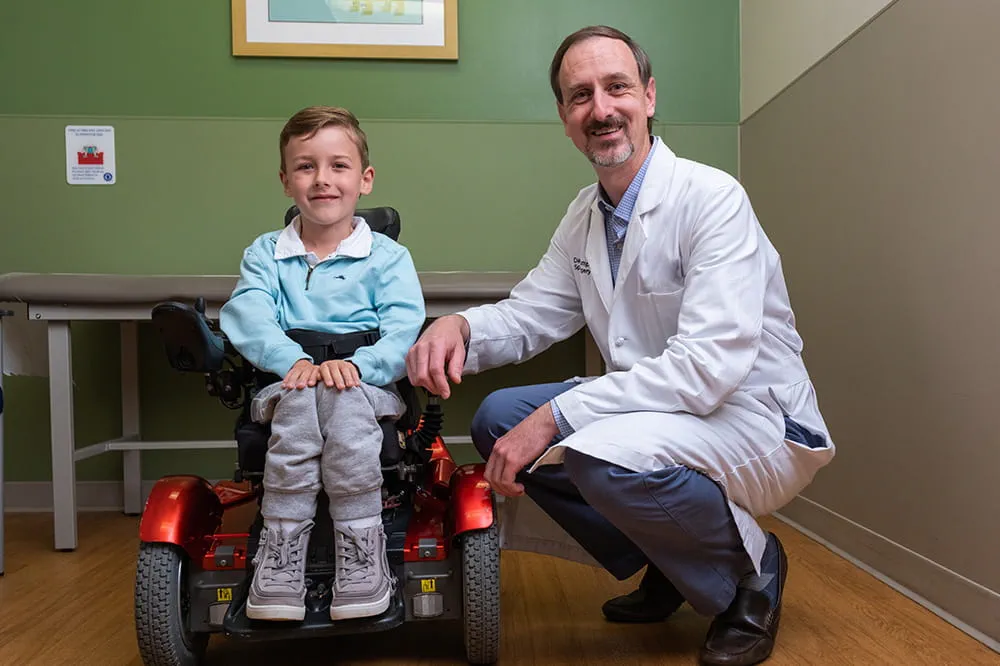
We're focused on improving child health through exceptional patient care, groundbreaking research, continuing education, and outreach and prevention.
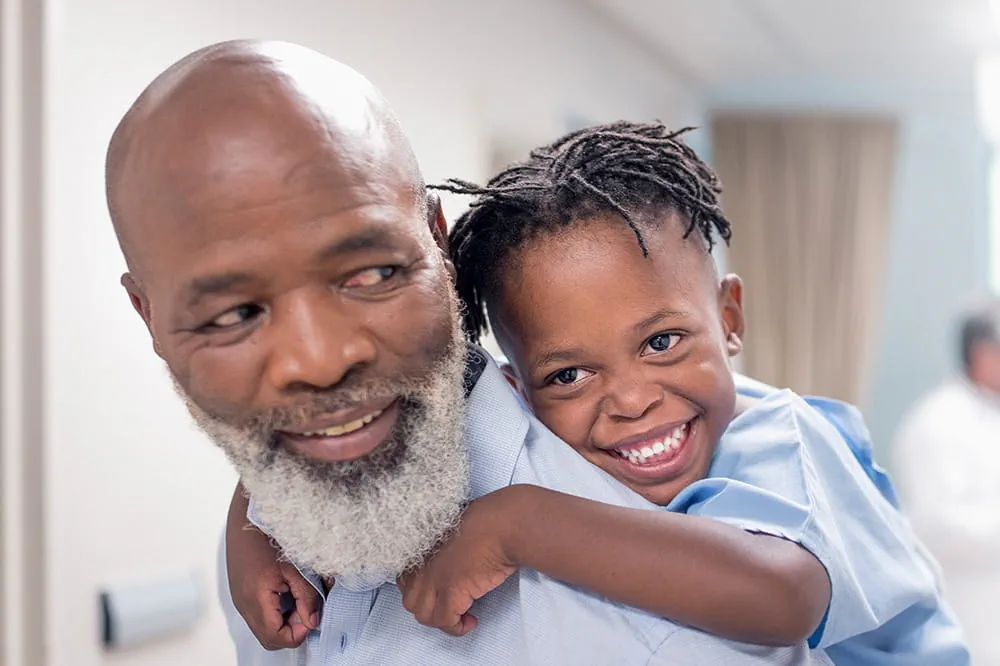
When it comes to your child, every emergency is a big deal.
Our ERs are staffed 24/7 with doctors, nurses and staff who know kids best – all trained to deliver right-sized care for your child in a safe environment.
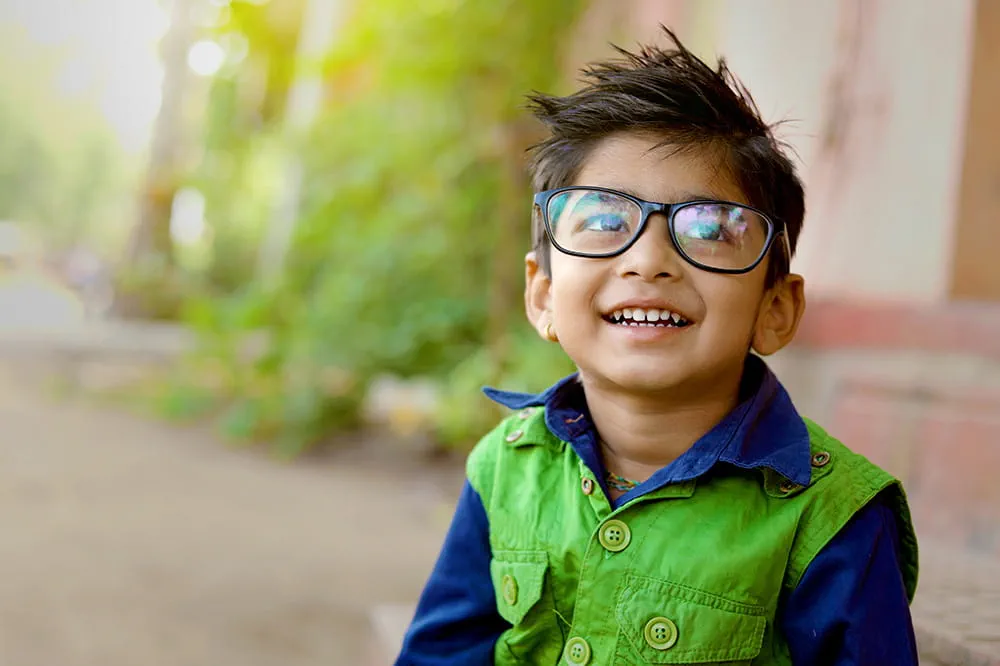
Arkansas Children's provides right-sized care for your child. U.S. News & World Report has ranked Arkansas Children's in seven specialties for 2025-2026.

Looking for resources for your family?
Find health tips, patient stories, and news you can use to champion children.

Support from the comfort of your home.
Our flu resources and education information help parents and families provide effective care at home.

Children are at the center of everything we do.
We are dedicated to caring for children, allowing us to uniquely shape the landscape of pediatric care in Arkansas.
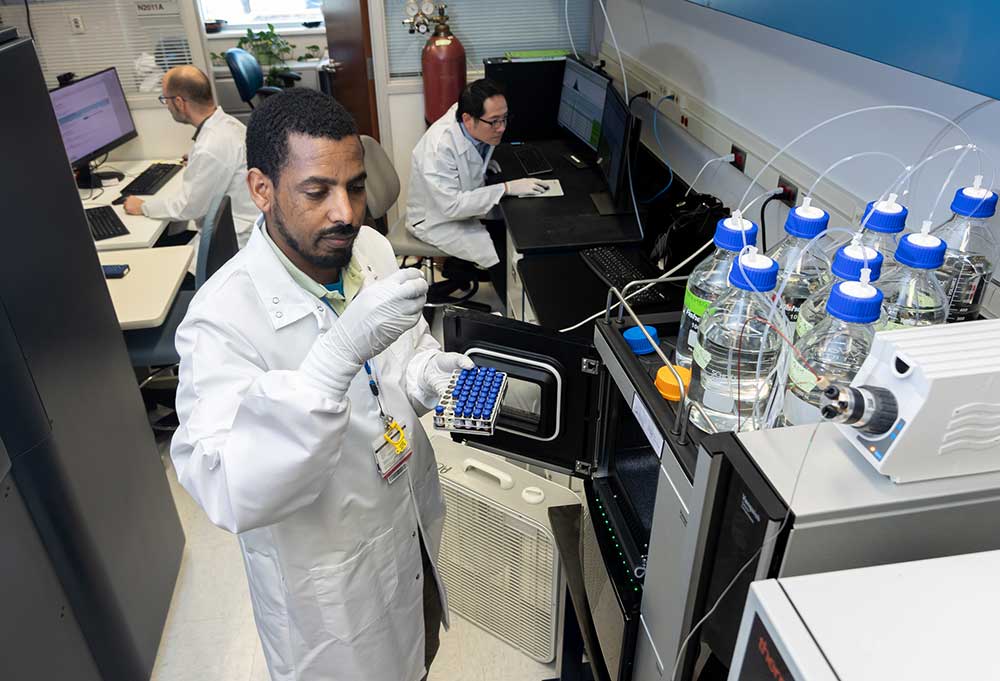
Transforming discovery to care.
Our researchers are driven by their limitless curiosity to discover new and better ways to make these children better today and healthier tomorrow.

We're focused on improving child health through exceptional patient care, groundbreaking research, continuing education, and outreach and prevention.
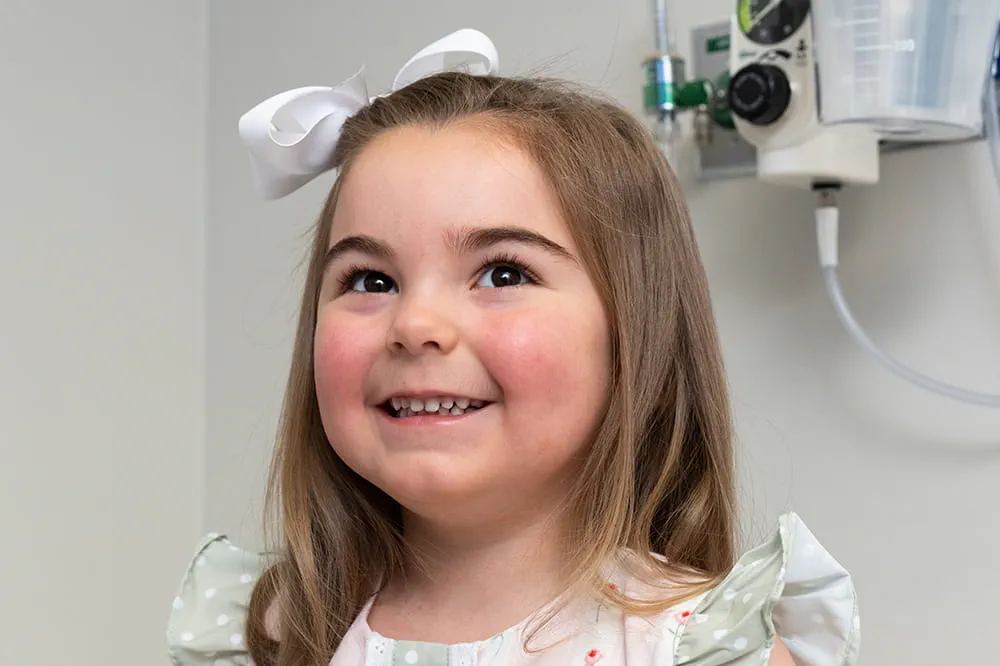
Then we're looking for you! Work at a place where you can change lives...including your own.
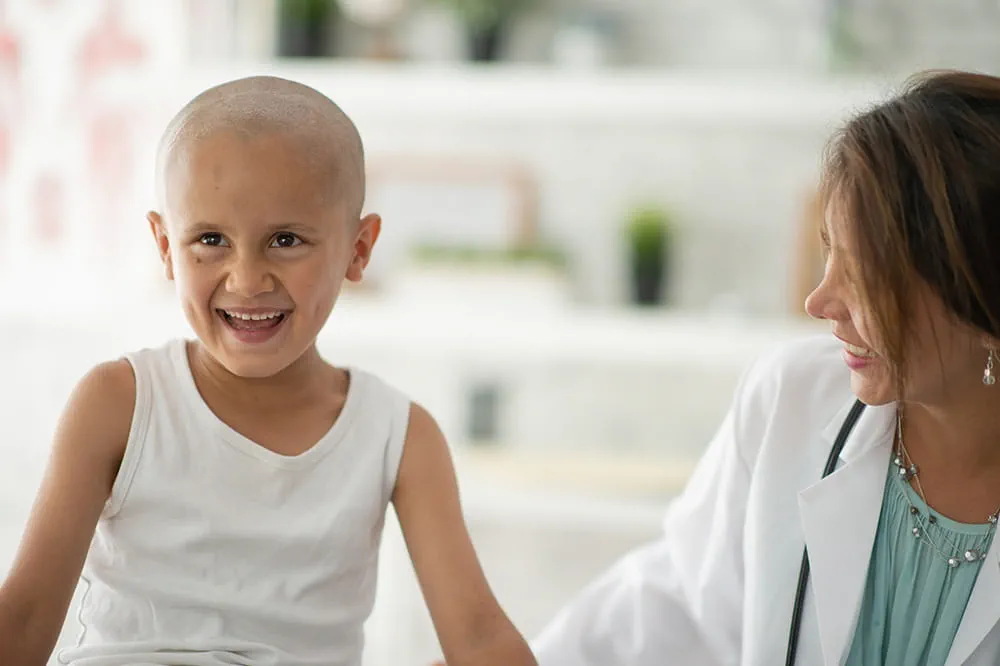
When you give to Arkansas Children's, you help deliver on our promise of a better today and a healthier tomorrow for the children of Arkansas and beyond
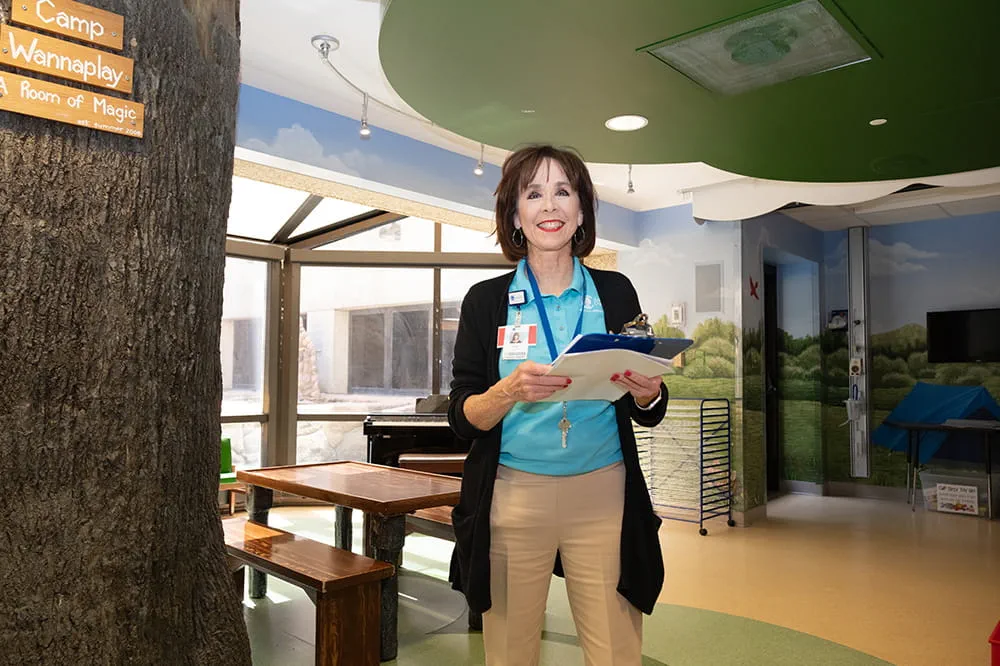
Become a volunteer at Arkansas Children's.
The gift of time is one of the most precious gifts you can give. You can make a difference in the life of a sick child.
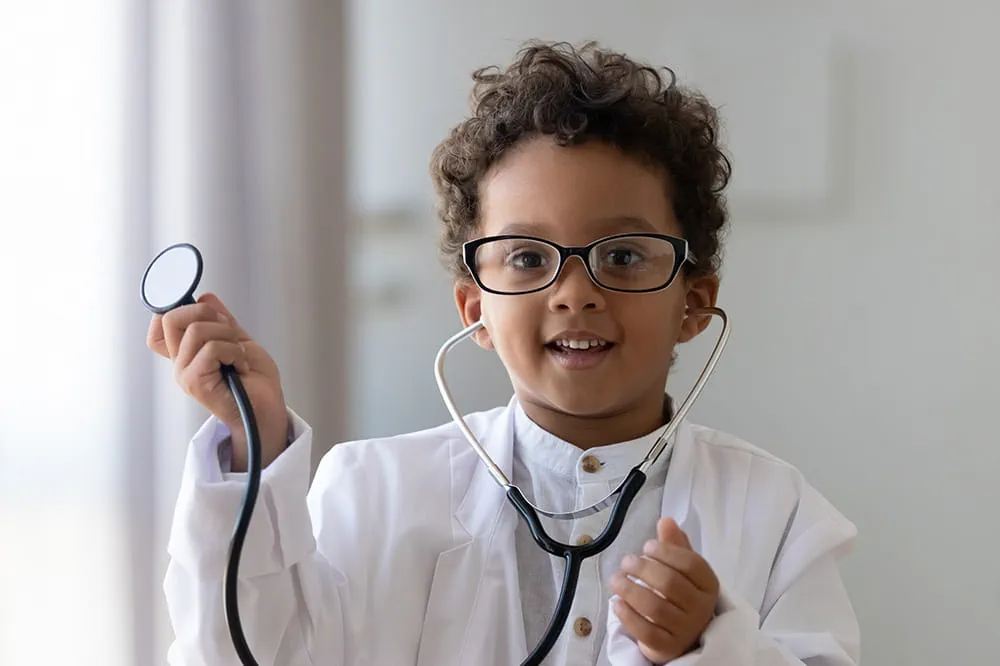
Join our Grassroots Organization
Support and participate in this advocacy effort on behalf of Arkansas’ youth and our organization.

Learn How We Transform Discovery to Care
Scientific discoveries lead us to new and better ways to care for children.

Learn How We Transform Discovery to Care
Scientific discoveries lead us to new and better ways to care for children.

Learn How We Transform Discovery to Care
Scientific discoveries lead us to new and better ways to care for children.

Learn How We Transform Discovery to Care
Scientific discoveries lead us to new and better ways to care for children.

Learn How We Transform Discovery to Care
Scientific discoveries lead us to new and better ways to care for children.

Learn How We Transform Discovery to Care
Scientific discoveries lead us to new and better ways to care for children.
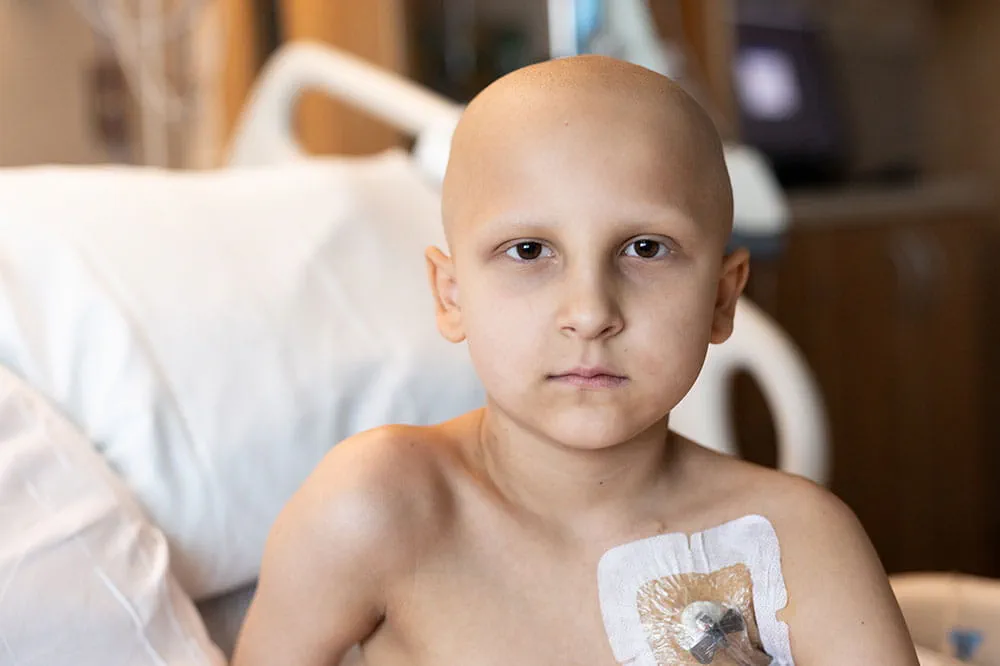
When you give to Arkansas Children’s, you help deliver on our promise of a better today and a healthier tomorrow for the children of Arkansas and beyond.
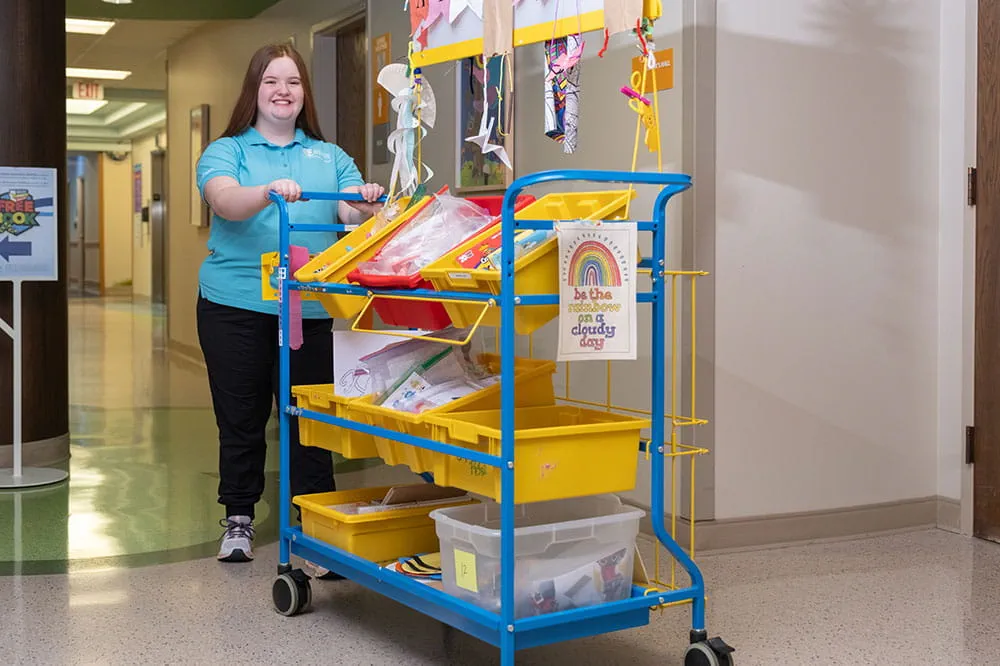
Your volunteer efforts are very important to Arkansas Children's. Consider additional ways to help our patients and families.

Join one of our volunteer groups.
There are many ways to get involved to champion children statewide.

Make a positive impact on children through philanthropy.
The generosity of our supporters allows Arkansas Children's to deliver on our promise of making children better today and a healthier tomorrow.
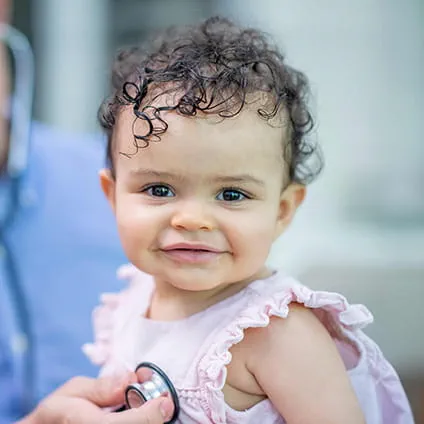
Read and watch heart-warming, inspirational stories from the patients of Arkansas Children’s.
Hello.
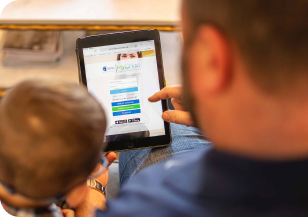
Arkansas Children's Hospital
General Information 501-364-1100
Arkansas Children's Northwest
General Information 479-725-6800

Knock Knees
What is knock knees?
Knock knees (also called genu valgum) is a condition in which the knees bend inward when a child is standing up straight. In children with knock knees, it looks like the knees are touching while the ankles stay spaced apart. Knock knees are more common in girls than boys.Knock knees are typically part of a child's normal development. Most children will grow out of the condition without any treatment. Knock knees are usually most noticeable at around age 3. In most cases, the child's legs will gradually straighten out and become aligned by age 7. In some rare cases, knock knees can be a sign of an underlying condition, such as a bone disease.
What are the symptoms of knock knees?
You may notice knock knees when your child is standing. Symptoms may include:
- Knees bending inward while the ankles stay spaced apart
- Outward pointing feet
- An unusual walk
Children who have knock knees that are part of another condition may have different symptoms. Talk with your child's doctor if your child has:
- Asymmetric legs
- Knock knees that become worse or that first develop after age 6
- Knock knees that develop before the age of 2
- A short stature for their age
What causes knock knees?
In most cases, knock knees are part of a child's normal development. Most infants are slightly bowlegged (outward angle of the knees) until about age 1 or 2. After this time, the legs begin to straighten out. Around age 2 or 3, some children develop knock knees. Most children grow out of knock knees by about age 7.In a small number of cases, knock knees are caused by another condition. Talk with your child's provider if you have any questions about how their legs are developing.
How is knock knees treated?
Most cases of knock knees do not require treatment and your child will grow out of the condition. Your care team at Arkansas Children's is experienced in treating knock knees and will work with you to create the best treatment plan for your child.
- If the knock knees do not get better on their own, your child may need surgery. The type of surgery your child needs depend on their age and developmental stage.
- In younger children who are still growing, the doctor may suggest guided growth surgery. In this procedure, small metal plates are placed on the inner side of growth plates (area where bone growth occurs) around the knee. This will slow growth on the inner side of the knee while the outer side continues to grow, allowing the leg to straighten.
- Children who are done growing may need osteotomy surgery. In this procedure, your child's surgeon will cut a part of the bone above or below the knee to change the angle of the knee. Your child may need physical therapy after osteotomy surgery to help with the recovery process.

Appointments
New and existing patients can visit our appointment hub for several ways to request an appointment, including online scheduling for many services.
Request an appointment
